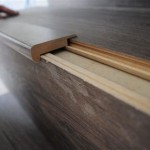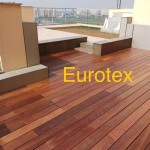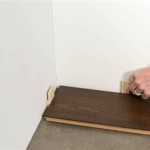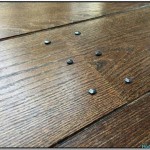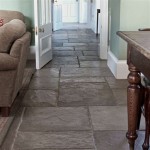What Is The Best Floor For a Dog Kennel?
Choosing the right flooring for a dog kennel is crucial for the animal's comfort, safety, and overall well-being. The ideal floor should be durable, easy to clean, provide adequate insulation, and offer a safe, non-slip surface. Several options exist, each with its own set of advantages and disadvantages. Understanding these characteristics allows owners to select the best flooring solution for their specific needs and their dog's particular requirements.
Concrete
Concrete is a popular choice for kennel flooring due to its durability and ease of cleaning. It can withstand heavy use and is resistant to scratches and stains. Concrete is also relatively inexpensive compared to other flooring options. However, concrete can be cold and hard, potentially causing discomfort for dogs, particularly in colder climates. It can also become slippery when wet, posing a safety hazard. Sealing the concrete can mitigate some of these issues, improving its resistance to moisture and stains.
Epoxy-Coated Concrete
Epoxy coatings provide an additional layer of protection to concrete floors. They create a seamless, non-porous surface that is easy to clean and disinfect. This makes epoxy-coated concrete a hygienic option, reducing the risk of bacterial and parasitic growth. Furthermore, epoxy coatings can enhance the aesthetic appeal of the kennel and are available in various colors and finishes. However, epoxy can be more expensive than plain concrete, and the application process may require professional installation.
Rubber Flooring
Rubber flooring offers several advantages for dog kennels. It provides a comfortable, cushioned surface that is gentle on dogs' joints and paws. Rubber is also slip-resistant, reducing the risk of injuries. Many rubber flooring options are designed for easy drainage and cleaning, contributing to a sanitary environment. Rubber flooring is available in mats, tiles, and rolls, offering flexibility in installation. However, some dogs may be tempted to chew on rubber flooring, leading to potential damage. Selecting a durable, high-quality rubber product can help mitigate this risk.
Kennel Deck
Kennel decking systems provide a raised platform above the ground. These systems typically consist of plastic or composite materials that are resistant to moisture, rot, and insect infestation. Kennel decks offer improved drainage and airflow, promoting a drier and more hygienic environment. They also provide insulation, keeping dogs warmer in cold weather and cooler in hot weather. The elevated surface minimizes contact with urine and feces, further contributing to cleanliness. However, kennel decks can be more expensive than other flooring options, and the installation can be more complex.
Gravel
Gravel is a low-cost flooring option that provides good drainage. It allows for natural waste breakdown and can be relatively easy to maintain. However, gravel can be difficult to clean thoroughly and may harbor parasites or bacteria. It can also be uncomfortable for dogs to lie on and may cause abrasions on their paws or skin. Furthermore, some dogs may ingest gravel, potentially leading to digestive issues. Pea gravel is often considered a better option than larger gravel sizes due to its smoother texture.
Wood
Wooden flooring can provide a visually appealing and comfortable surface for dog kennels. However, wood is susceptible to damage from moisture, scratching, and chewing. It requires regular maintenance, including sealing and cleaning, to prevent rot and deterioration. Wood can also harbor bacteria and parasites if not properly cleaned and disinfected. For these reasons, wood is generally not considered the most practical flooring option for kennels, especially those housing multiple dogs or larger breeds.
Plastic Grid Flooring
Plastic grid flooring systems create a raised surface that allows for waste to fall through, promoting a cleaner environment. These systems are typically easy to install and clean and offer good drainage. However, plastic grids can be uncomfortable for dogs to stand and lie on, particularly for extended periods. They can also become brittle and crack in extreme temperatures. Choosing a high-quality, durable plastic grid system can improve its longevity and comfort.
Considerations for Choosing Kennel Flooring
Several factors should be considered when selecting kennel flooring, including the climate, the dog's breed and size, the kennel's location (indoor or outdoor), and the budget. For outdoor kennels, drainage and weather resistance are paramount. For indoor kennels, comfort and ease of cleaning are key considerations. Consulting with a veterinarian or experienced kennel operator can provide valuable insights into the best flooring solution for a specific situation.

What Flooring Options Work Best For 10x10 Dog Kennels

What Flooring Options Work Best For 10x10 Dog Kennels

8 X 10 Raised Kennel Flooring

Pet Friendly Flooring Guide The Best Floors For Paws Claws And Hooves

Dog Kennel Flooring Options For Indoor Outdoor Areas

The Best Flooring Features For Outdoor Dog Kennels

Best Long Lasting Dog Kennel Flooring Racs

The Best Flooring Features For Outdoor Dog Kennels

What Flooring Options Work Best For 10x10 Dog Kennels

Az How To Build A Dog Kennel Phoenix Arizona
Related Posts




